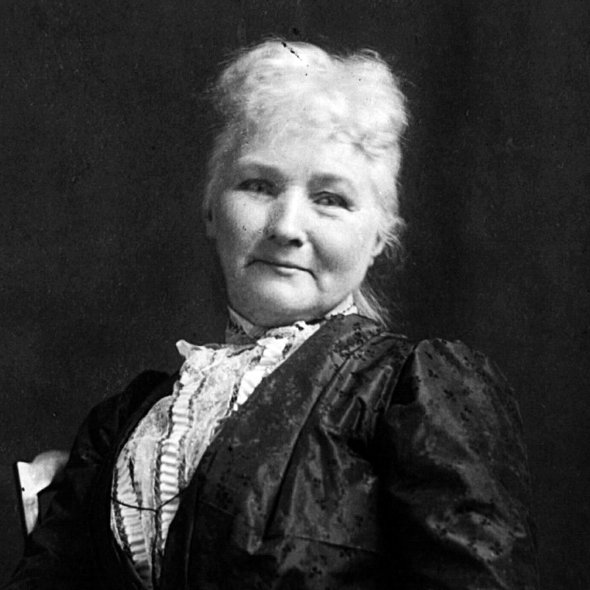Jones’s abrasive personality and socialist political leanings contributed to her quick rise in the UMW’s activist ranks. She was so effective at rousing up thousands of men that she was sent to the decrepit company towns of West Virginia’s coalfields to sign miners with the union. Upon surveying the scene in West Virginia during December of 1900, Jones reported that “conditions there were worse than those in Czarist Russia.”
In West Virginia’s infamous and bloody Paint Creek-Cabin Creek strike of 1912, violence broke out between striking miners and company militias directed by the Kanawha County mine operators. Jones, now 86 years old, arrived in July as tensions began to boil over, rallying workers and busting through armed guards to persuade other regional miners to join the strike. She covertly organized a secret march of 3,000 armed miners to Charleston to read a declaration of war to Governor William E. Glasscock on the capitol steps.
Following subsequent establishments of martial law, Jones was arrested in Pratt in February of 1913, and charged in a military tribunal with inciting riot and conspiracy to commit murder. She refused to recognize the court’s jurisdiction, was sentenced to 20 years in prison, and was released after 85 days by newly inaugurated Governor Henry D. Hatfield. Within days of her freedom, a U.S. Senate investigation of the working conditions in the mines was initiated. Recovering from a dangerous pneumonia episode, Jones immediately returned to the front of the picket lines to organize miners in Colorado and was arrested yet again. Upon regaining her freedom, Jones was invited to speak directly with John D. Rockefeller at the Standard Oil headquarters in New York City—a meeting that prompted the industrial tycoon to adopt major reforms in the mines.
Jones’s fiery orations gained her such power and prominence that West Virginia District Attorney Reese Blizzard proclaimed her “the most dangerous woman in America”—quite a title for a grandmotherly looking woman barely standing five feet tall. Blizzard stated, “She comes into a state where peace and prosperity reign, crooks her finger, and 20,000 contended men lay down their tools and walk out.” What she lacked in physical demeanor, she more than made up for with unwavering determination in her lifelong fight for laborer safety. She even famously said of herself, “I’m not a humanitarian, I’m a hell-raiser.” Jones was banished from more towns and held in more jails than any other prominent union leader of her time.
Jones continued to fight for “her boys” until her death in 1930. She is buried in the Union Miners Cemetery in Mount Olive, Illinois, where an 80-ton bronze and granite sculpture depicts two miners on either side of a shaft with a relief of Jones. Over 50,000 miners gathered to honor her burial site on October 11, 1936—the date now known as Mother Jones Day.
Jones accomplished more for miner safety and unionization in West Virginia than any other labor advocate of her time. Many union organizations and miners continue to celebrate her life and efforts to this day. Jones’s fiery spirit lives on through her famous words, “Pray for the dead and fight like hell for the living.”











